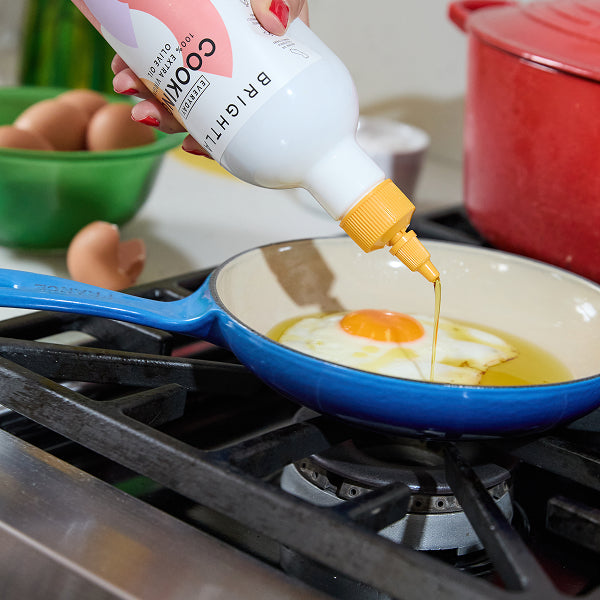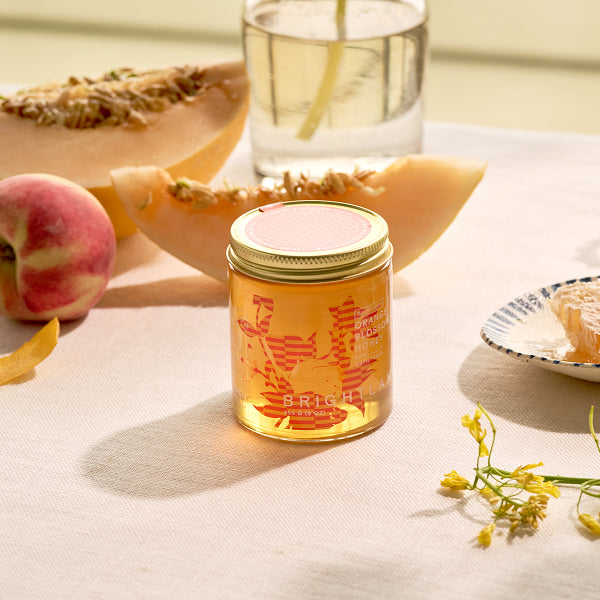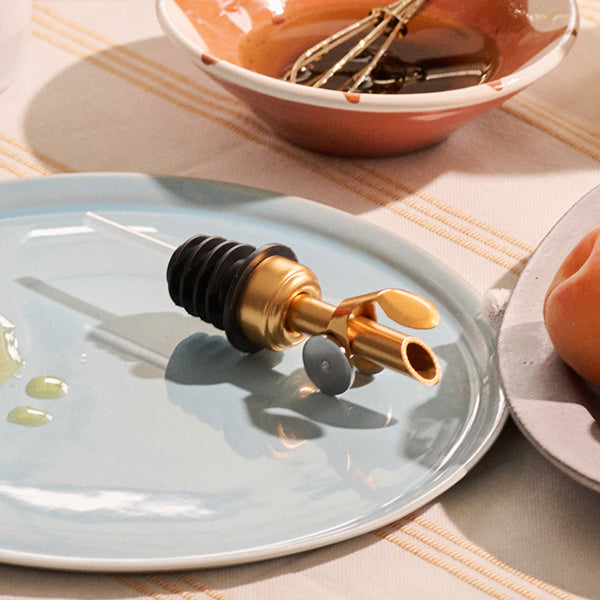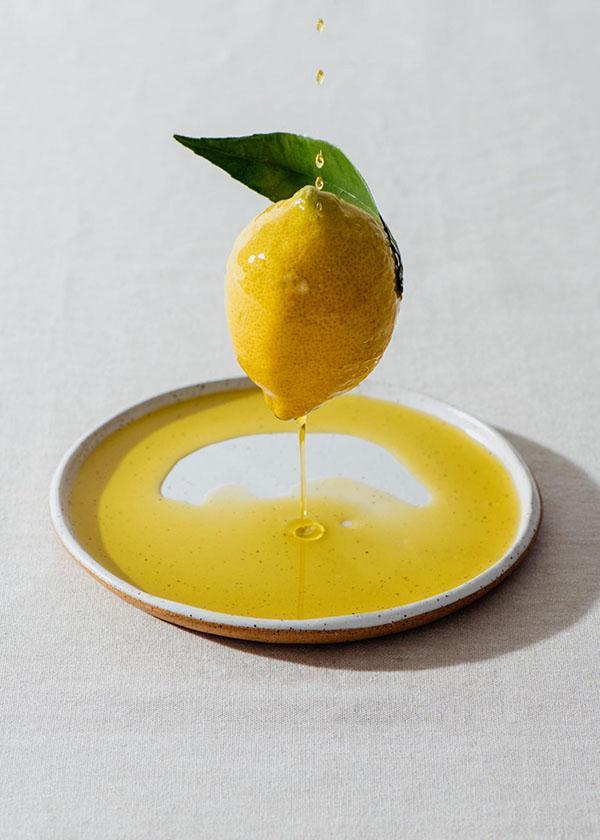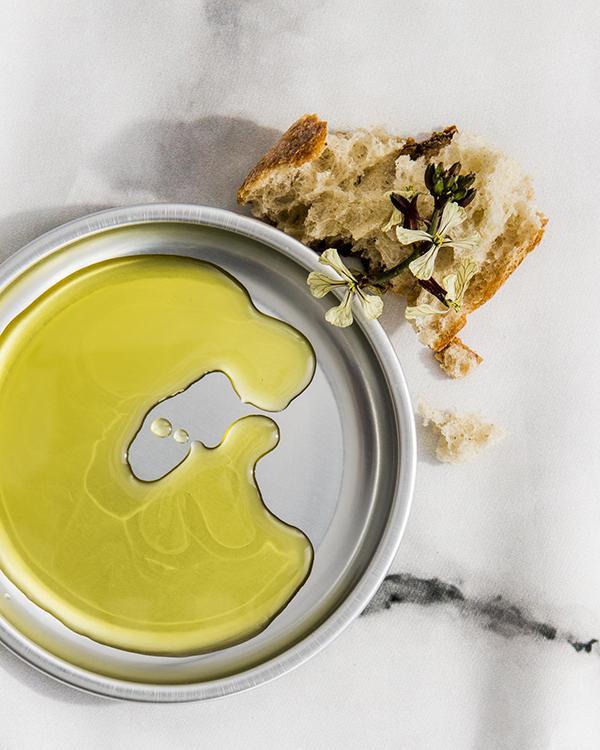Olive oil is a pantry staple, so you have probably cooked with it for years. But do you know how olive oil is made and how olive fruit turns into that bottle of oil on the shelf? The process is more complex — and more interesting — than you might have guessed. Read on to discover how olive oil is made and what to look for when shopping for olive oil.
[close type="rte"] [open type="images" count="1" small="true"]
How Olive Oil Is Made
Making olive oil involves six main steps: harvesting, processing, malaxation, pressing, refining and bottling. We will give a quick overview of each one in this section to give you the overall picture, and then we will delve more in depth into each step in the later sections.
- Harvesting: Olives are picked by machine or hand during the harvesting season, which occurs once a year in the fall.
- Processing: The olives are separated from leaves and branches, and then crushed into pulp by machines and milled into a thick paste.
- Malaxation: Water is added to the paste made of olives and pits to thin out the consistency of the mixture. The mixture is then churned slowly to help the olive oil droplets separate from the rest of the mixture.
- Pressing: The olive oil is separated from the water and the pulp by either pressing it mechanically or spinning it in a centrifuge.
- Refining: In this optional fifth step, heat, chemicals and other processes are used to change the taste, color and other characteristics of the oil. This is only done to lower quality olive oils; higher quality olive oils, such as extra virgin olive oil, are not refined before consumer use.
- Bottling: The olive oil is stored in stainless steel containers, and then bottled, packaged and shipped to either the consumer or the distributor.

How Olive Oil Is Harvested
While olives were traditionally picked by hand, most commercial growers now use machines to make the process more efficient. This can be as low-tech as a vibrating, long-handled rake that harvesters use to manually shake the olives from the tree or as high-tech as a tractor with a shaker or a grape harvesting machine. Nets may be placed on the ground to catch the olives as they fall.
All olives start out green, ripen to a rosy color and finally become black. In other words, the color of the olive simply tells you how young or mature it is, not the variety of olive itself. Green, young olives contain more oil but also have a more bitter taste. How soon or late the olives are harvested affects the taste of the olive oil: The more mature the olive, the mellower the flavor. More mature olives that have had more time to ripen are also less hardy and bruise more easily, so they must be handled with care. Any bruising or damage to the olives can begin an oxidation and fermentation process, which will negatively affect the resulting taste.
Hand-picking olives lowers the risk of bruising the fruit, but it is also very labor intensive. You might see some oils denoted as “tree” olive oils, meaning they have been hand-picked straight from the olive trees, while others are labelled “ground” olive oils, meaning the olives were knocked to the ground during the harvesting process. However, as modern agricultural technology improves, harvesting olives by machine is becoming more and more controlled.
Once the olives are harvested, they must be processed within three days or they will begin to rot. It takes a significant number of olives — about 80 to 100 pounds worth — to make a single gallon of olive oil. Since most olive trees do not produce fruit until their fifth or sixth year, and they may be too small to produce enough fruit for an entire gallon of oil, it takes many large groves of olive trees to sustain production over time.
[close type="rte"] [open type="images" count="1" small="true"]
How Olive Oil Is Processed
Once the olives have been picked, they may be stored in crates or sacks for a couple days, as it takes longer to process the olives than to pick them. Ideally, they will be placed in shallow containers: The deeper the olives are stacked, the greater the risk of bruising. When the olives are ready to be processed, they are first cleaned to remove stems, twigs, leaves and other debris. Then they are washed to remove any dirt and pesticides that may remain on the surface.
Before the modern era, the olives were then crushed into a paste using stone mill wheels. These days, stainless steel rollers are used to crush the olives and pits into a paste. Simply crushing the olives is not enough to extract the oils from it, however. That is where the next step — malaxation — comes in.
In malaxation, water is mixed into the olive paste until it thins out. The resulting mixture is then churned for anywhere between 20 and 40 minutes to encourage the oil molecules to clump together. The longer the mixture is churned, the more the oil picks up flavors from the paste. However, a longer malaxation time also exposes the oil to more air, which can cause the quality of the oil to degrade, so it is a balancing act. To help reduce exposure to oxygen, the chamber may sometimes be filled with a different, harmless gas in order to slow down the oxidation reaction.
[close type="rte"] [open type="images" count="1"]
How Olive Oil Is Pressed
At this point, the crushed olives, pits, oil and water are still all mixed together. The next step is to separate them. Previously, the oil was crushed out of the olive paste mixture using a column of heavy stones. Thanks to technology, this has now mostly been replaced with centrifuges, which use the power of spinning forces to separate solid from liquids. As the drum spins, the olive pieces and pits are forced to the edges of the drum, while oil and water are extracted from the center. Later, the oil and water are separated until only olive oil remains.
The solid material left in the drum is called pomace. Some olive oil manufacturers perform a second extraction on their pomace using steam, hexane or other solvents in order to produce another batch of oil. This lower quality product is called olive pomace oil and is mostly sold in bulk directly to other companies, as opposed to directly to consumers. Pomace oil has a very different taste, texture and color to regular olive and cannot be mistaken for the real thing — if you ever accidentally buy pomace oil, then you will spot the difference immediately.
How Olive Oil Is Refined
Not all olive oils are refined; in fact, olive oil is one of the only vegetable oils that does not have to undergo refining in order to be consumed. Higher quality extra virgin olive oils already have such a great taste and fragrance that further processing is unnecessary before they are bottled.
However, some lower quality olive oils need further processing before they are fit for human consumption. Usually these additional refining processes are used to remove bitterness and lower acidity; this gives the resulting olive oil a mild, smooth taste and a lighter color. Bear in mind that refining methods do break down polyphenols and other beneficial compounds in the olive oil itself, so, if you want to get the most health benefits out of your olive oil, then buy unrefined extra virgin olive oil instead. Refined olive oils are often labelled with terms like “light olive oil” or “pure olive oil,” so be wary of these words.
[close type="rte"] [open type="images" count="1"]
There are many possible different methods of refining olive oil, including degumming, neutralization, bleaching, winterization and deodorization. Different methods may be mixed and matched to get the desired result. Here is what each refining process involves:
- Degumming: Sometimes also called water refining, this process involves treating the oil with hot water, steam or water mixed with acid, and then spinning it in a centrifuge. The forces of the centrifuge separate out both gummy phospholipids as well as beneficial polyphenols.
- Neutralization: Caustic soda, lye or another inorganic compound is used to remove both color and free fatty acids from the olive oil.
- Bleaching: An acid bleaching process is used to heat the oil to 212 degrees Fahrenheit, and then pigments are removed to give the oil a lighter color.
- Winterization: As the name suggests, this process involves quickly chilling the olive oil until it solidifies. Then solid matter such as waxes are filtered out of the oil.
- Deodorization: In order to get rid of undesirable tastes and odors, the oil is heated to between 300 and 500 degrees Fahrenheit, and then steam is used to remove them. Due to the high heat used, other beneficial compounds such as polyphenols also start to break down, which reduces the health benefits of the olive oil.
Many olive oil refining processes leave the oil almost completely free of color or taste. Sometimes the refined oil may be mixed with a small amount of extra virgin olive oil to add back some of that color and fragrance before bottling. These olive oils are sold under labels such as “refined olive oil,” “pure olive oil” and sometimes just plain “olive oil.” Learn more about the different types of olive oil and how to decode the labels here.
If you do not want olive oil that has gone through these refining processes, look for “extra virgin olive oil” specifically from a trusted manufacturer that is transparent about their various types of olive oil and how they are made.
How Olive Oil Is Bottled
After the previous steps, the olive oil may be ready to be bottled straightaway, or it may need to be “racked” first. Racking involves removing any remaining particles or settlement through the power of gravity. The olive oil is stored in large stainless steel tanks, and the sediment is allowed to settle at the bottom. Since the particles are heavier than the surrounding oil, they naturally fall to the bottom over time.
Once the racking process is finished, the clean olive oil is moved to a fresh storage tank and the sediment is cleaned out of the first tank. Sometimes this process may be repeated several times until all the sediment is gone.
Finally, the olive oil is ready to be bottled. There are several different types of machines that can be used to fill bottles, including gravity fillers, vacuum filters and integrated bottles lines. There are also several different types of packing that may be used, including plastic and glass. The bottle may be clear, partly transparent or opaque.
[close type="rte"] [open type="images" count="1"]
We personally recommend opaque bottles — what we use at Brightland — because they protect the olive oil inside from UV damage, which can break down the olive oil and shorten the life of the oil. When stored properly away from heat and light, your olive oil can have a shelf life of up to two years, but exposure to sunlight will hasten that dramatically. For the best results, choose olive oil in opaque bottles.
If you care about how your olive oil is made and whether or not it is refined, we recommend checking with the brand directly. Labels do not always tell the whole story, and the bigger the operation, the greater the chances for mislabeling. For peace of mind, we recommend purchasing California extra virgin olive oil from a domestic producer such as Brightland. Domestic producers have more oversight over the process than large international operations, and, since the olive oil is shipping within the same country, it can get to the consumer faster, so it will be fresher as well.
At Brightland, we strive to be as transparent about the olive oil manufacturing process as possible, from what the harvest date is to what olives we used. We encourage you to check out and learn more about each of our extra virgin olive oils.
Image Credits
Imagination lol/Shutterstock.com
JethroT/Shutterstock.com
wavebreakmedia/Shutterstock.com
Dmytro Surkov/Shutterstock.com
[close type="rte"]

